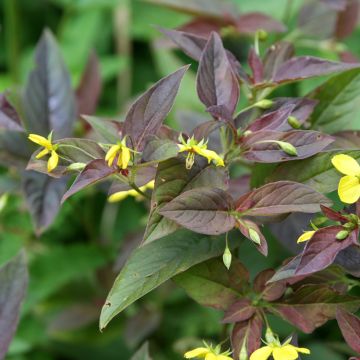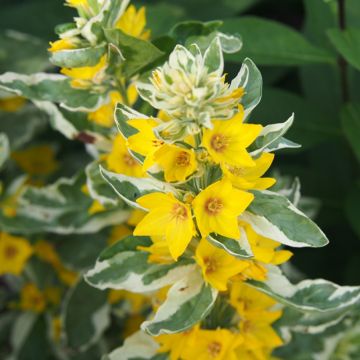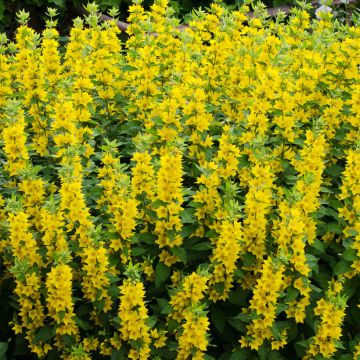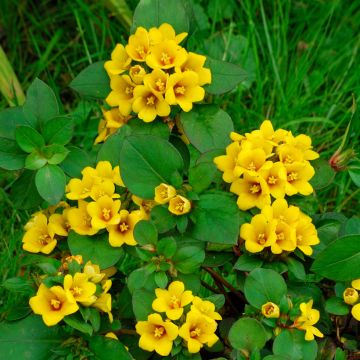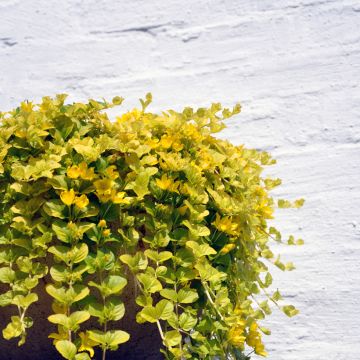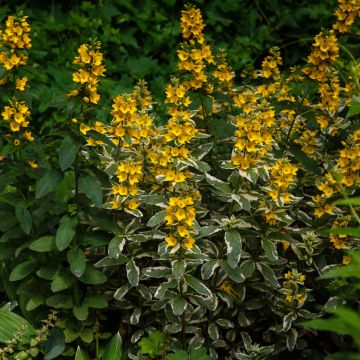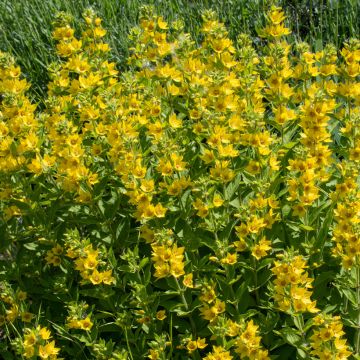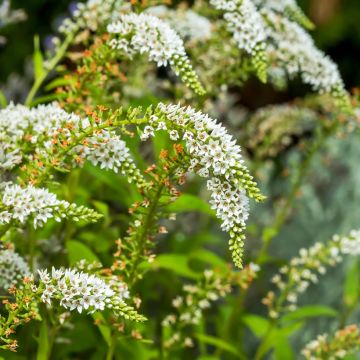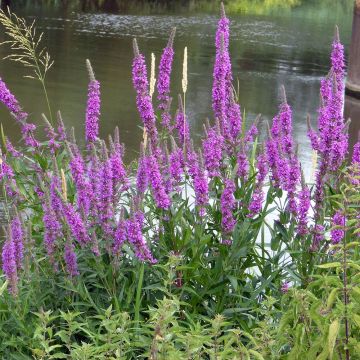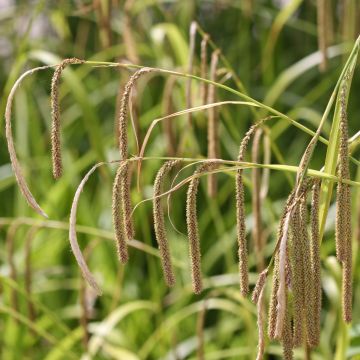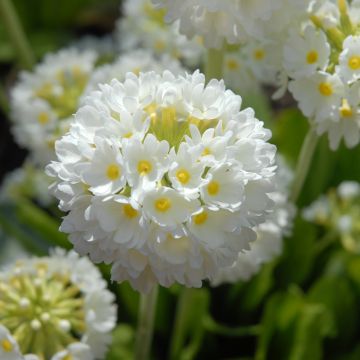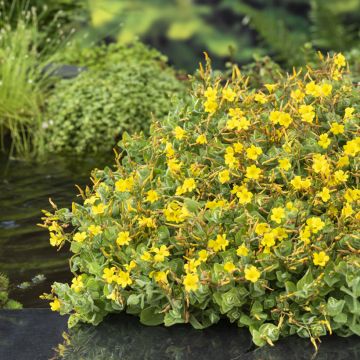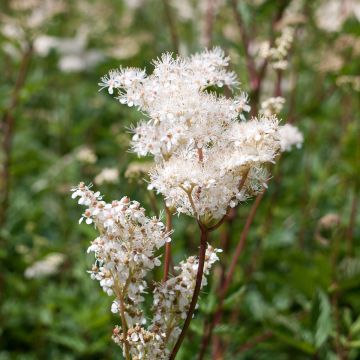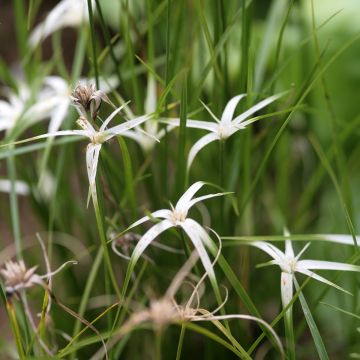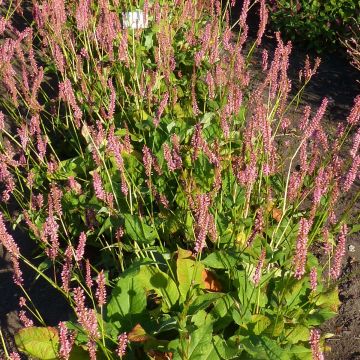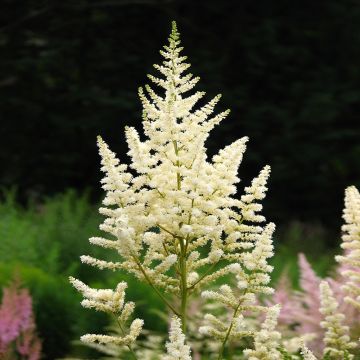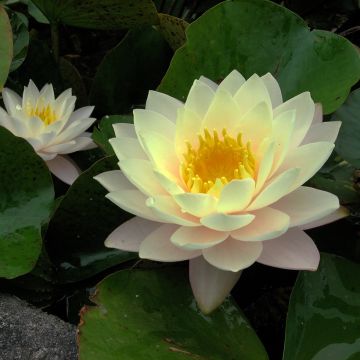Shipping country and language
Your country of residence may be:
Your country of residence is:
For a better user experience on our website, you can select:
Your shipping country:
Andorra
Austria
Belgium
Bulgaria
Canada
Chile
Croatia
Cyprus
Czechia
Denmark
Estonia
Finland
France
Germany
Greece
Hungary
Iceland
Ireland
Italy
Latvia
Lithuania
Luxembourg
Malta
Monaco
Netherlands
Poland
Portugal
Romania
Slovakia
Slovenia
Spain
Sweden
Switzerland
United Kingdom
We only deliver seed and bulb products to your country. If you add other products to your basket, they cannot be shipped.
Language:
French
German
Spanish
English
My Account
Hello
My wish lists
Plantfit
Log in / Register
Existing customer?
New customer?
Create an account to track your orders, access our customer service and, if you wish, make the most of our upcoming offers.
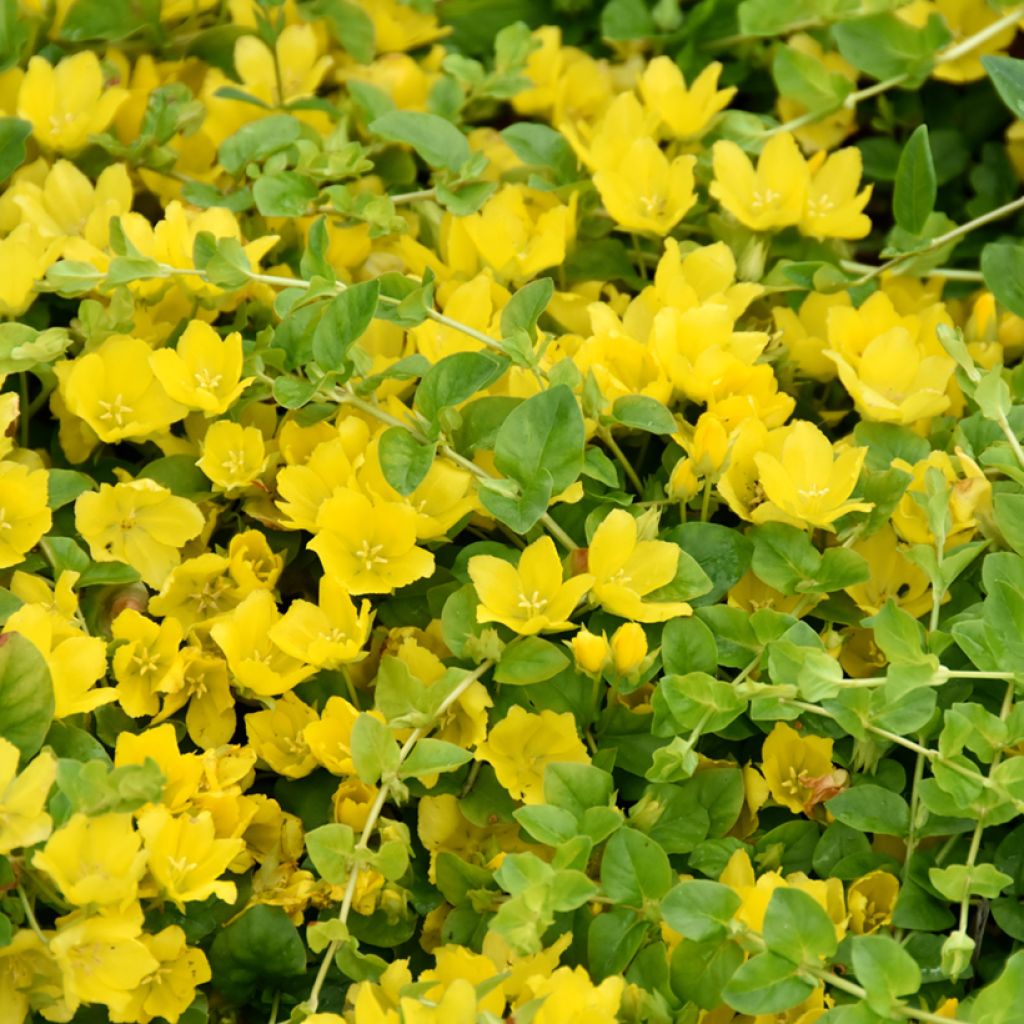

Lysimachia nummularia - Creeping Jenny
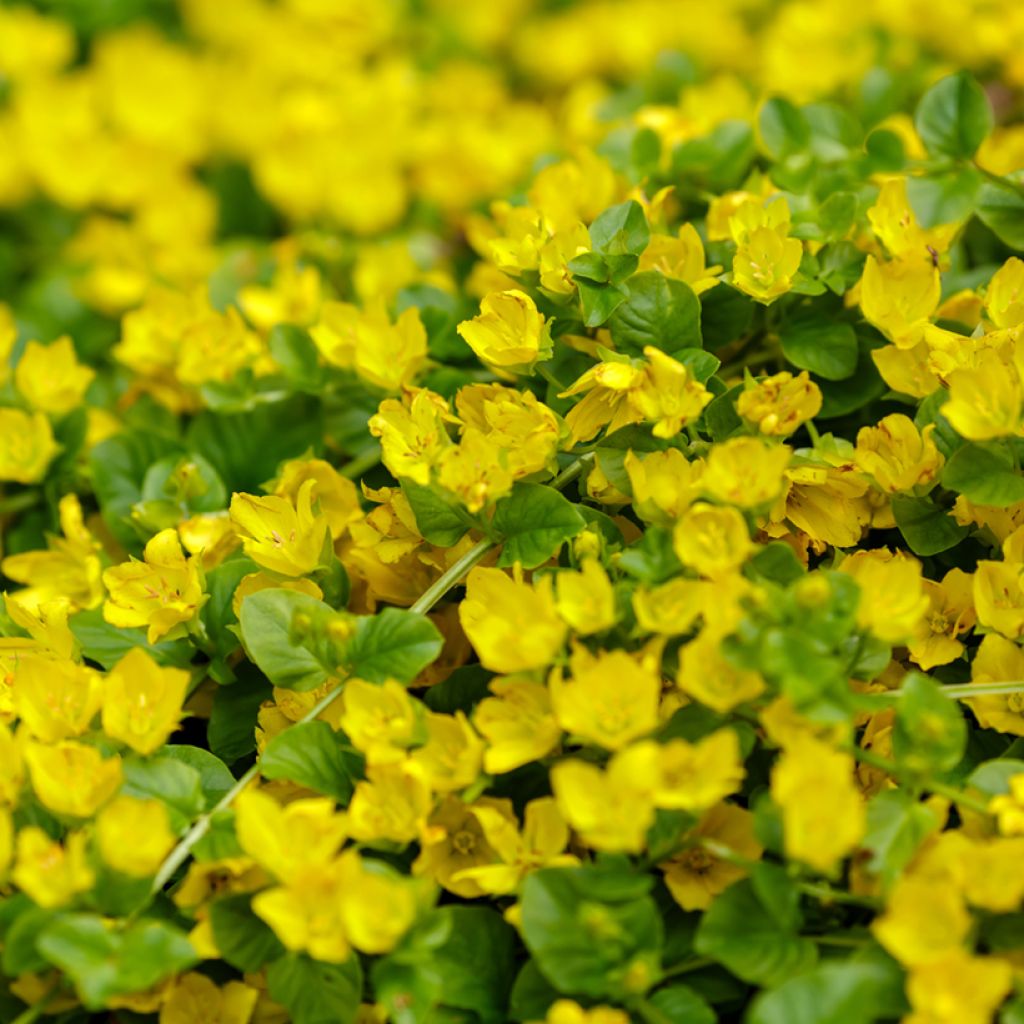

Lysimachia nummularia - Creeping Jenny
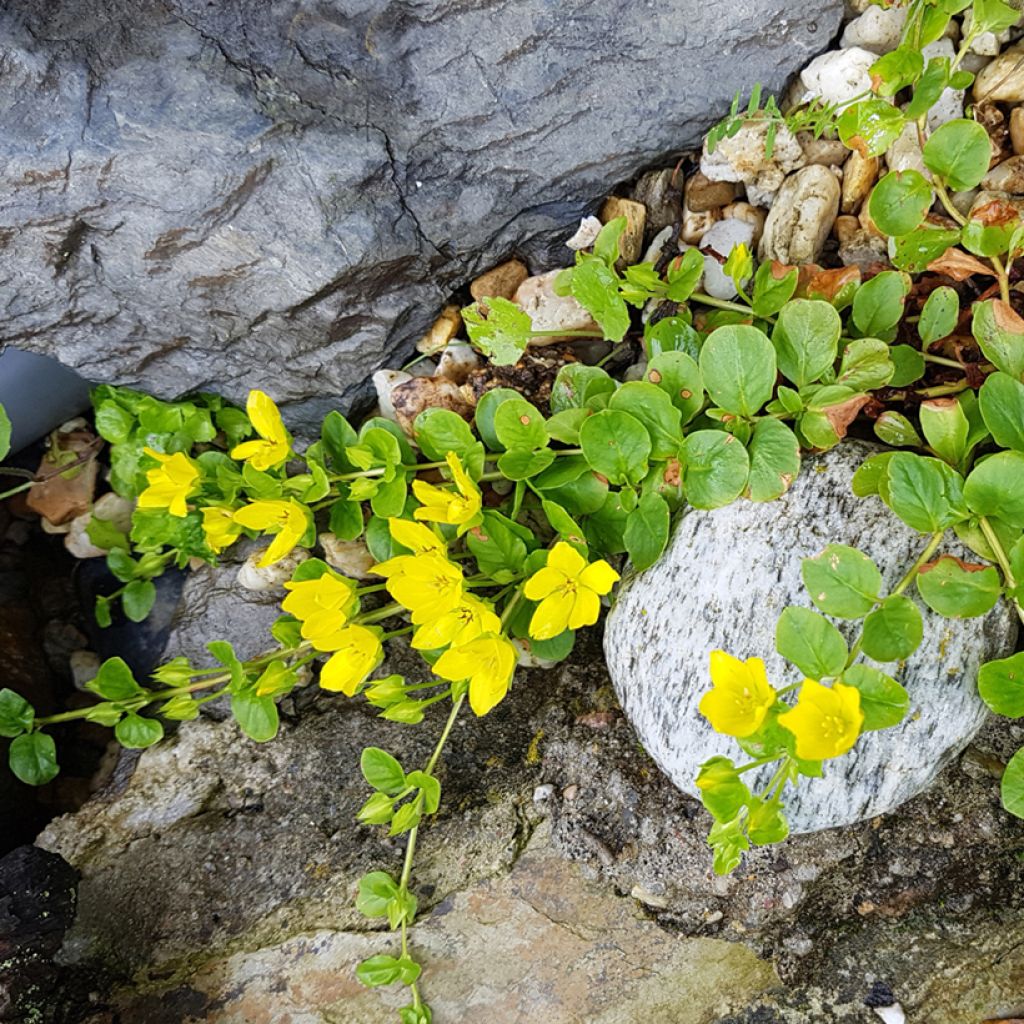

Lysimachia nummularia - Creeping Jenny
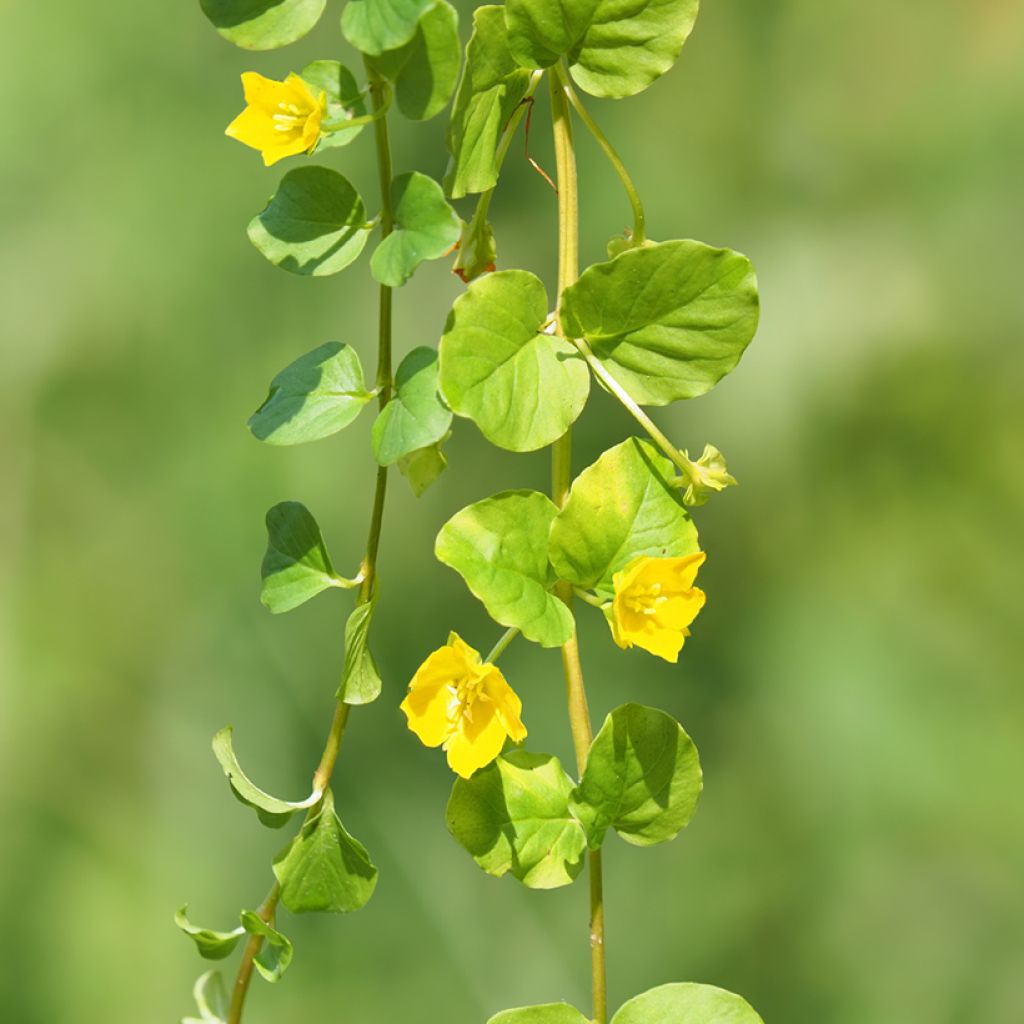

Lysimachia nummularia - Creeping Jenny
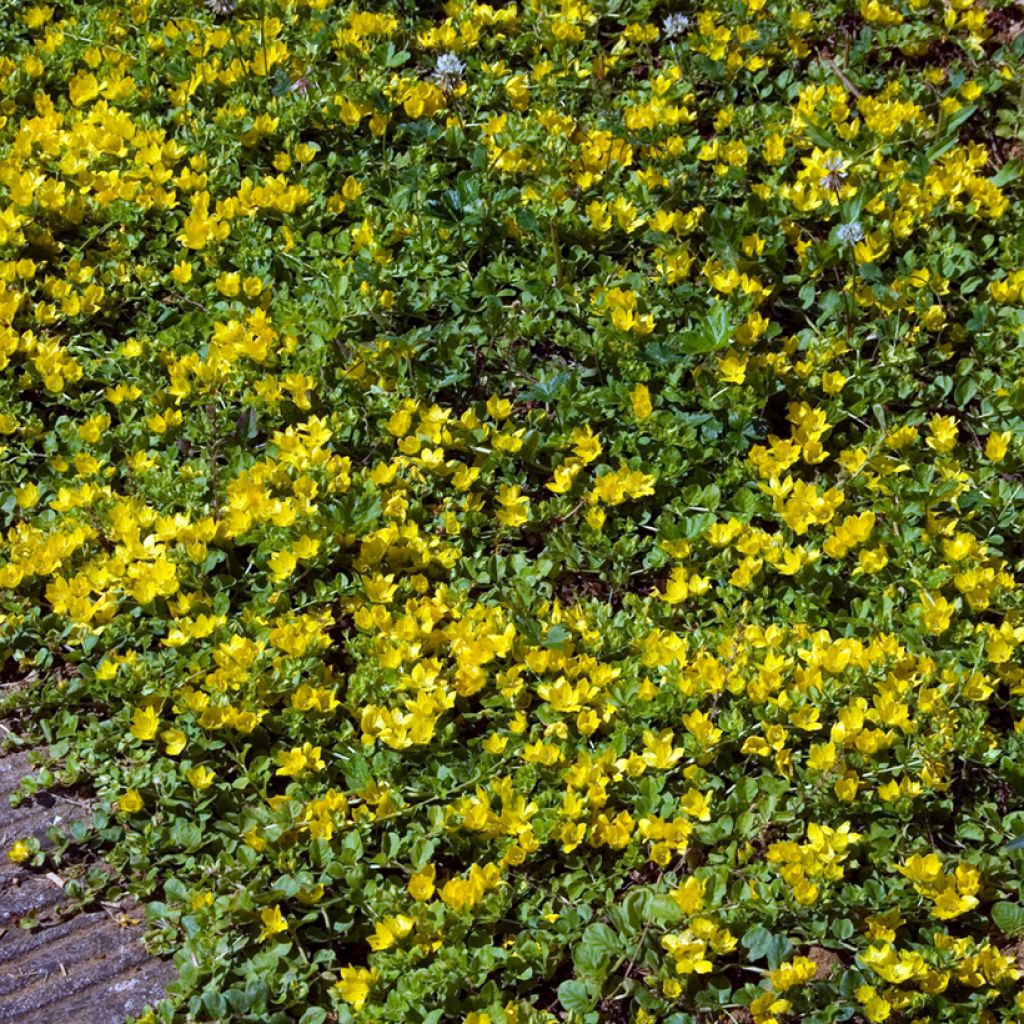

Lysimachia nummularia - Creeping Jenny
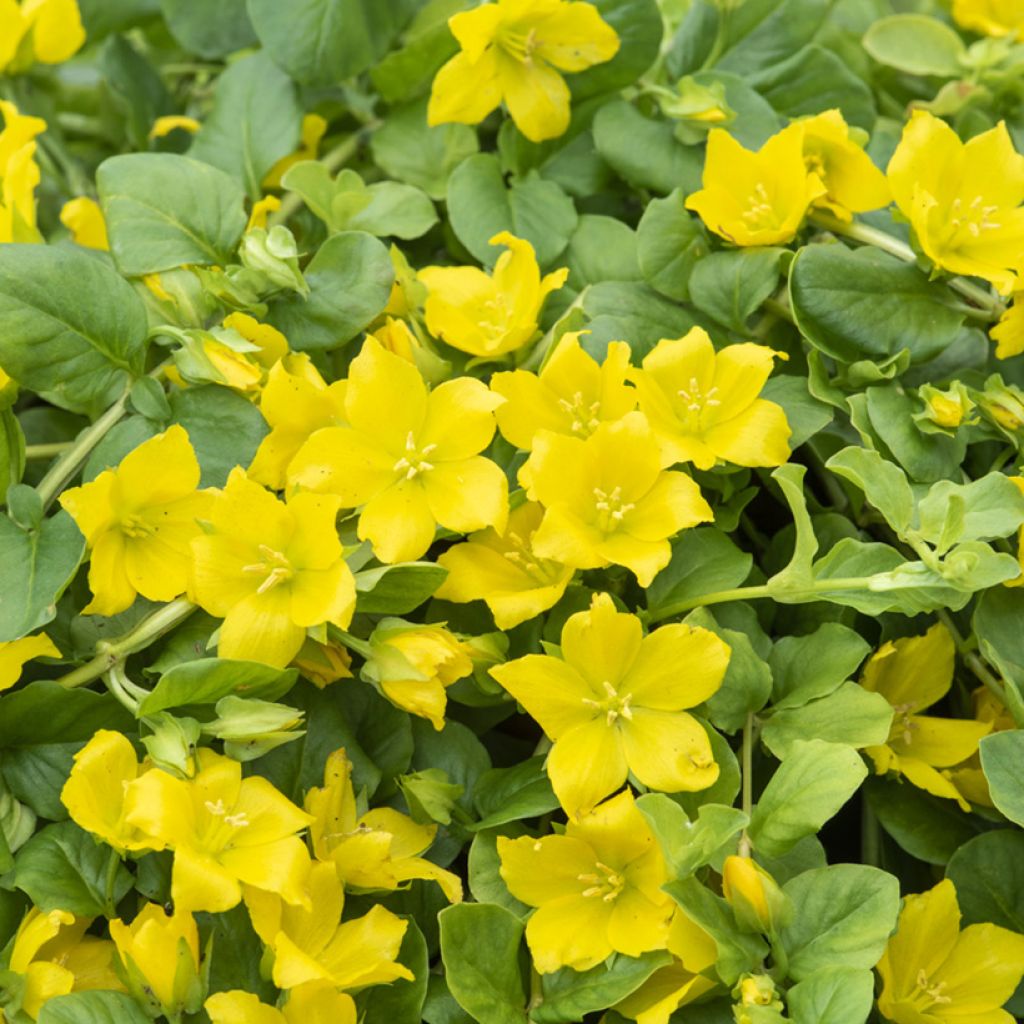

Lysimachia nummularia - Creeping Jenny
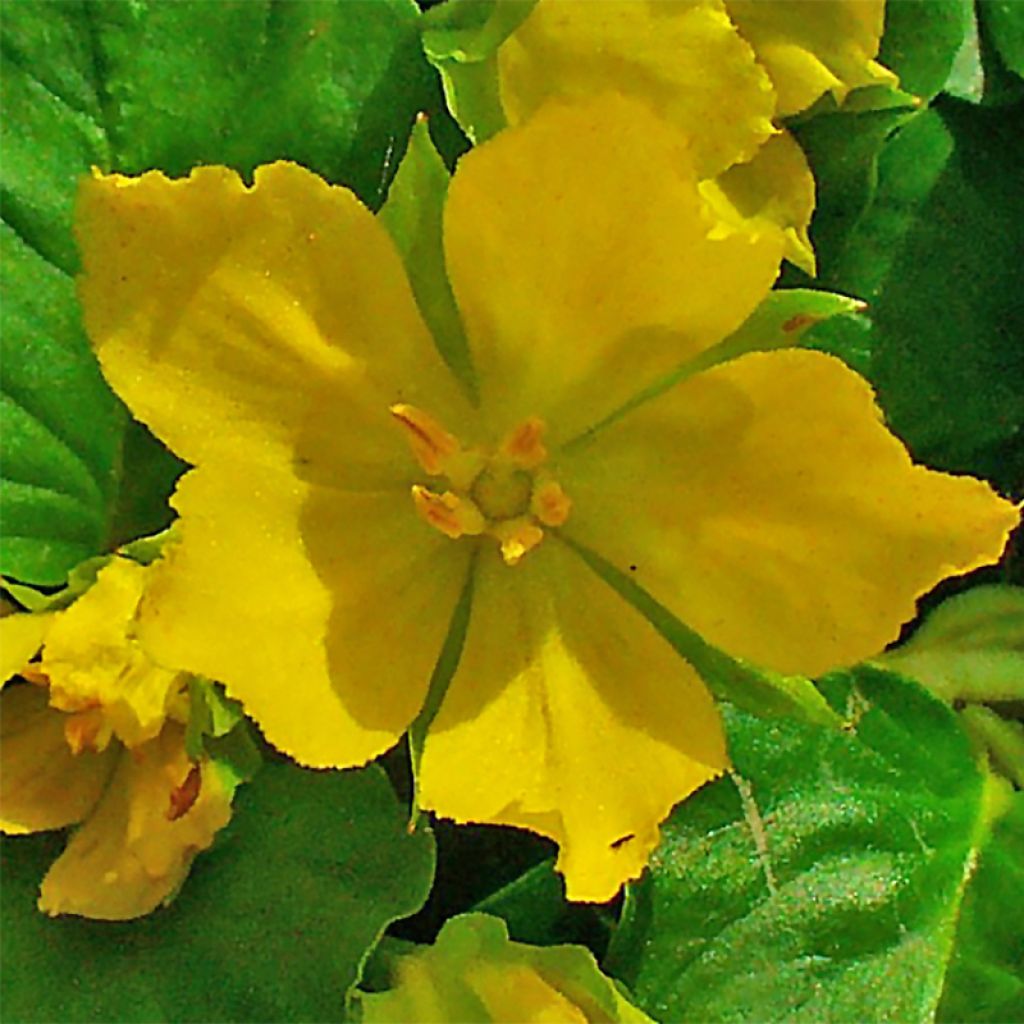

Lysimachia nummularia - Creeping Jenny
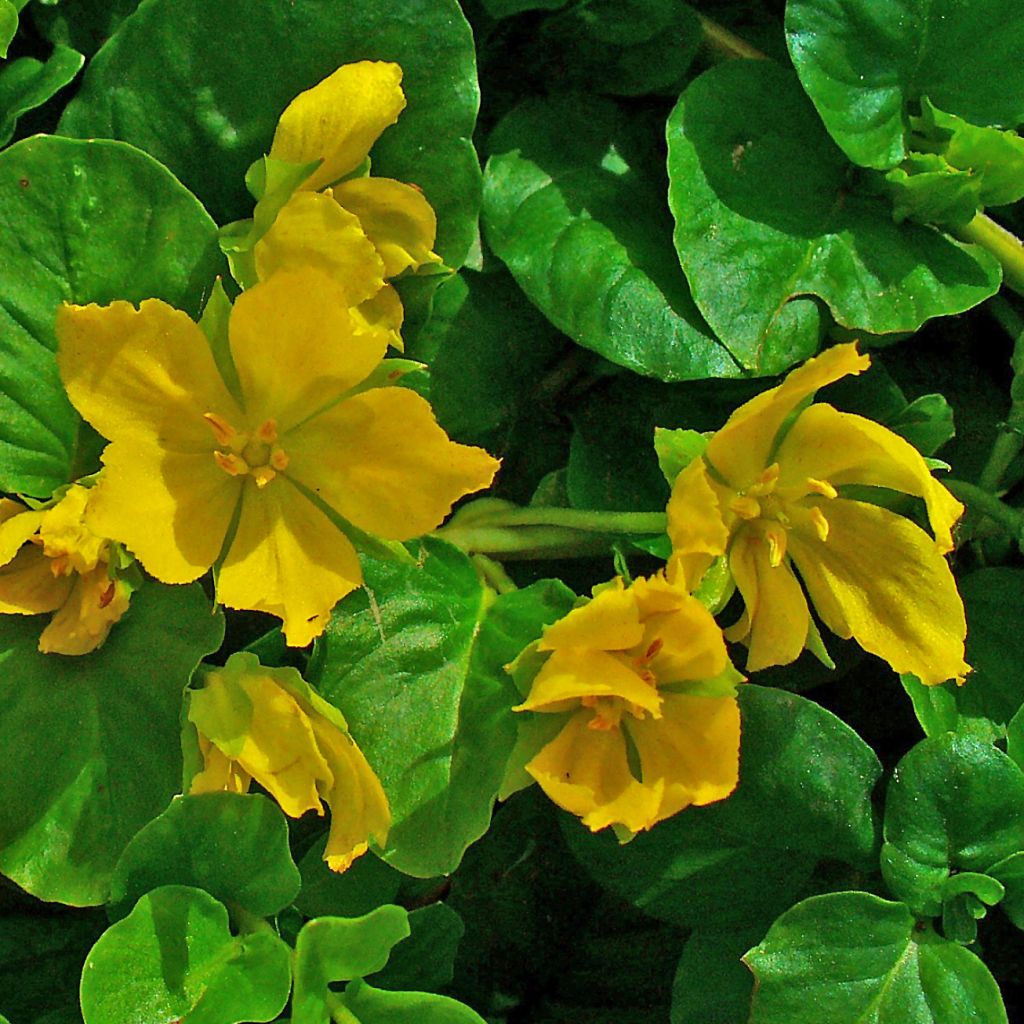

Lysimachia nummularia - Creeping Jenny
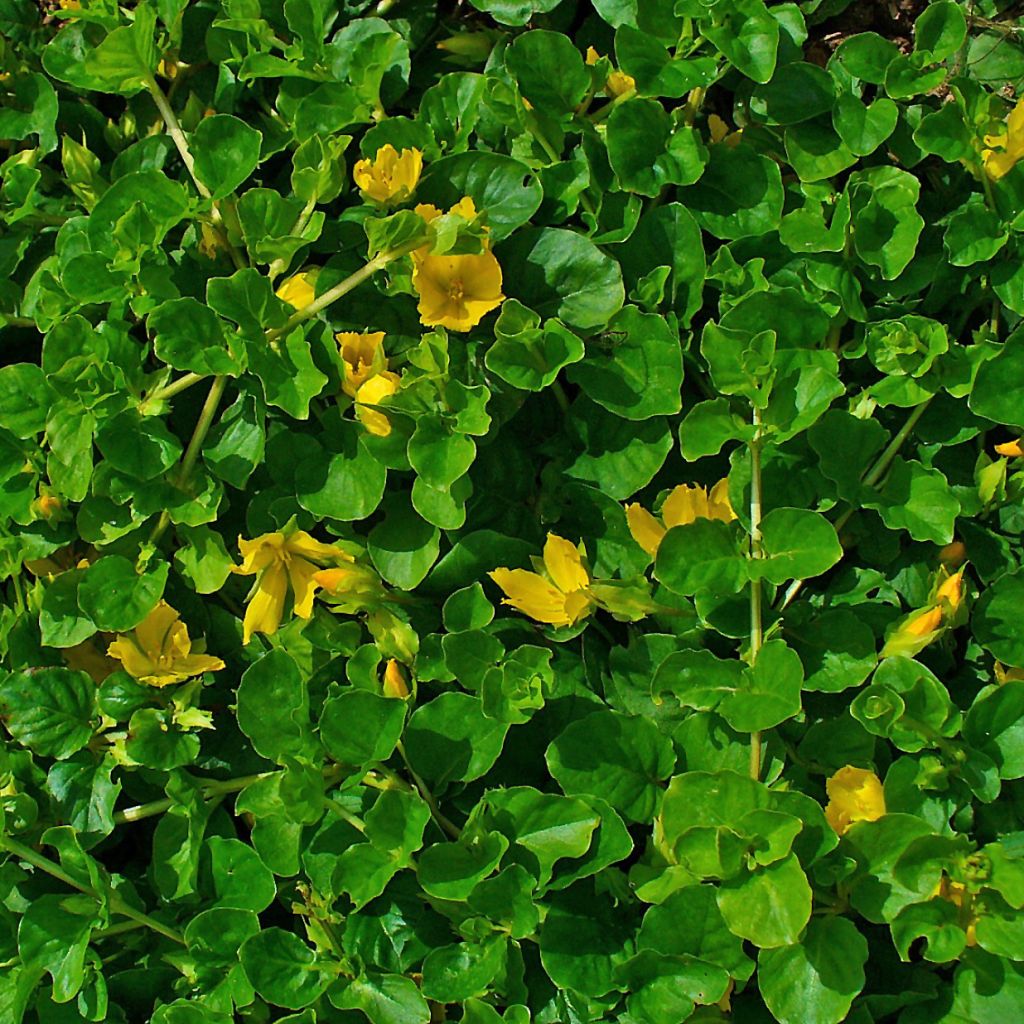

Lysimachia nummularia - Creeping Jenny
Lysimachia nummularia - Creeping Jenny
Lysimachia nummularia
Creeping Jenny, Creeping Charlie, Creeping Sally, Downhill-of-life, Herb Twopence, Money myrtle, Moneywort
Plants well packed, decent and healthy appearance. My 6 Lysimachias were very rooted, generally a sign of a relatively safe establishment. Very satisfied.
Marc, 13/10/2024
Order in the next for dispatch today!
Dispatch by letter from €3.90.
Delivery charge from €5.90 Oversize package delivery charge from €6.90.
More information
This item is not available in your country.
Schedule delivery date,
and select date in basket
This plant carries a 12 months recovery warranty
More information
We guarantee the quality of our plants for a full growing cycle, and will replace at our expense any plant that fails to recover under normal climatic and planting conditions.
From €5.90 for pickup delivery and €6.90 for home delivery
Express home delivery from €8.90.
Does this plant fit my garden?
Set up your Plantfit profile →
Description
Lysimachia nummularia, also known as Moneywort, is very different from its larger cousins but just as vigorous. It has a spreading habit and small leaves that resemble coins. It blooms all summer, illuminating shady corners with its intense yellow cup-shaped flowers. It is a perennial of wet forests, with its prostrate stems rooting in moist, sunny, or partially shaded soils, quickly forming a good ground cover. This plant is ideal in moist to marshy areas and at the edges of basins. It can tolerate occasional trampling.
Lysimachia nummularia belongs to the Primulaceae family. It is native to large parts of Europe, as well as Turkey and the Caucasus, and has become widely naturalised in North America. It is a vigorous creeping perennial, quickly forming a dense mat, up to a maximum thickness of 8cm (3in). It spreads and covers the ground over a significant area, at least 1m². It forms prostrate stems that root in contact with moist soils, covered with small round and opposite leaves, measuring 2cm (1in). The medium green leaves are deciduous. Flowering occurs from June to August, in the form of 25mm (1in) diameter bright yellow cups. These solitary flowers are borne on short peduncles in the axils of the leaves. This plant spreads by stolons and can become invasive.
Lysimachia nummularia thrives in cool, sunny, or partially shaded soil. It is particularly suitable for pond edges, where it quickly colonises until its leaves float on the water. But it is also an excellent plant for cool understory areas. In this use, it can be combined with resilient plants that it won't smother: creeping bugle, foamflower, periwinkle, Corsican mint, Pratia pedunculata, Irish moss, Saxifraga x arendsii (decipiens), and Cranesbill geranium. Together, these plants will form a flowery carpet that follows the contours of the terrain. It is stunning in a cool rockery, cascading between stones.
Lysimachia nummularia has recognised medicinal properties.
Lysimachia nummularia - Creeping Jenny in pictures
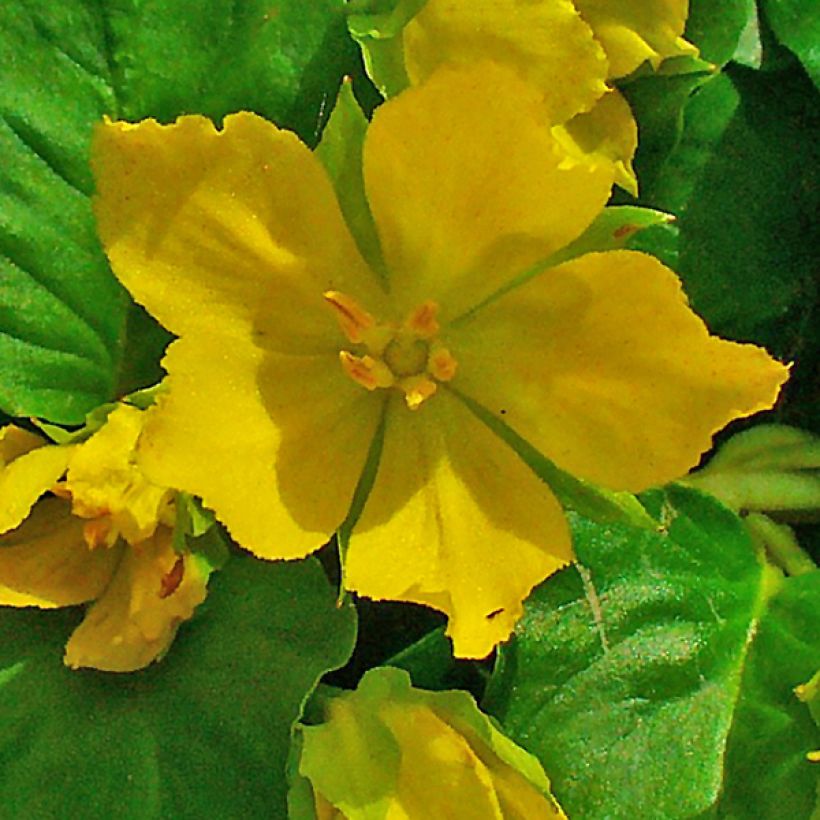

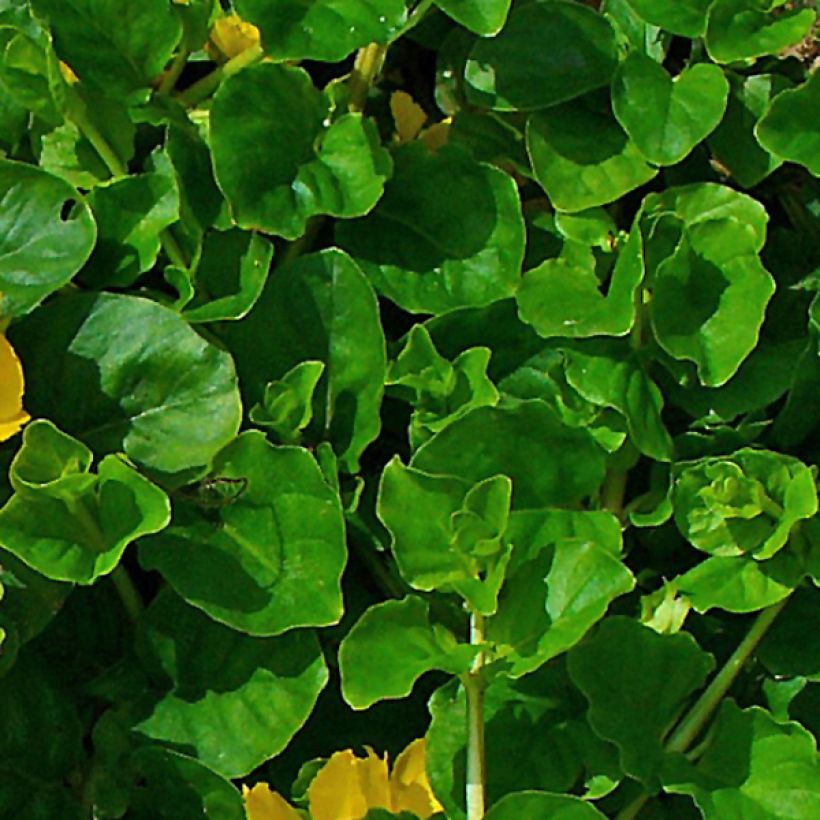



Flowering
Foliage
Plant habit
Botanical data
Lysimachia
nummularia
Primulaceae- Myrsinaceae
Creeping Jenny, Creeping Charlie, Creeping Sally, Downhill-of-life, Herb Twopence, Money myrtle, Moneywort
Cultivar or hybrid
Other Lysimachia
Planting and care
Lysimachia nummularia prefers rich, clayey to humus-bearing soils, moist to wet conditions, and a semi-shaded exposure. This surprising perennial, however, tolerates drier soils if it is watered in summer. Full sun is also possible, provided that the soil is very moist. Remarkably robust, it can occasionally be trampled without damage. This plant accepts slightly acidic, neutral, or even limestone soils. It does not require any particular maintenance, but sometimes it is necessary to control its growth.
Planting period
Intended location
Care
- , onOrder confirmed
Reply from on Promesse de fleurs
Aquatic plants
Haven't found what you were looking for?
Hardiness is the lowest winter temperature a plant can endure without suffering serious damage or even dying. However, hardiness is affected by location (a sheltered area, such as a patio), protection (winter cover) and soil type (hardiness is improved by well-drained soil).

Photo Sharing Terms & Conditions
In order to encourage gardeners to interact and share their experiences, Promesse de fleurs offers various media enabling content to be uploaded onto its Site - in particular via the ‘Photo sharing’ module.
The User agrees to refrain from:
- Posting any content that is illegal, prejudicial, insulting, racist, inciteful to hatred, revisionist, contrary to public decency, that infringes on privacy or on the privacy rights of third parties, in particular the publicity rights of persons and goods, intellectual property rights, or the right to privacy.
- Submitting content on behalf of a third party;
- Impersonate the identity of a third party and/or publish any personal information about a third party;
In general, the User undertakes to refrain from any unethical behaviour.
All Content (in particular text, comments, files, images, photos, videos, creative works, etc.), which may be subject to property or intellectual property rights, image or other private rights, shall remain the property of the User, subject to the limited rights granted by the terms of the licence granted by Promesse de fleurs as stated below. Users are at liberty to publish or not to publish such Content on the Site, notably via the ‘Photo Sharing’ facility, and accept that this Content shall be made public and freely accessible, notably on the Internet.
Users further acknowledge, undertake to have ,and guarantee that they hold all necessary rights and permissions to publish such material on the Site, in particular with regard to the legislation in force pertaining to any privacy, property, intellectual property, image, or contractual rights, or rights of any other nature. By publishing such Content on the Site, Users acknowledge accepting full liability as publishers of the Content within the meaning of the law, and grant Promesse de fleurs, free of charge, an inclusive, worldwide licence for the said Content for the entire duration of its publication, including all reproduction, representation, up/downloading, displaying, performing, transmission, and storage rights.
Users also grant permission for their name to be linked to the Content and accept that this link may not always be made available.
By engaging in posting material, Users consent to their Content becoming automatically accessible on the Internet, in particular on other sites and/or blogs and/or web pages of the Promesse de fleurs site, including in particular social pages and the Promesse de fleurs catalogue.
Users may secure the removal of entrusted content free of charge by issuing a simple request via our contact form.
The flowering period indicated on our website applies to countries and regions located in USDA zone 8 (France, the United Kingdom, Ireland, the Netherlands, etc.)
It will vary according to where you live:
- In zones 9 to 10 (Italy, Spain, Greece, etc.), flowering will occur about 2 to 4 weeks earlier.
- In zones 6 to 7 (Germany, Poland, Slovenia, and lower mountainous regions), flowering will be delayed by 2 to 3 weeks.
- In zone 5 (Central Europe, Scandinavia), blooming will be delayed by 3 to 5 weeks.
In temperate climates, pruning of spring-flowering shrubs (forsythia, spireas, etc.) should be done just after flowering.
Pruning of summer-flowering shrubs (Indian Lilac, Perovskia, etc.) can be done in winter or spring.
In cold regions as well as with frost-sensitive plants, avoid pruning too early when severe frosts may still occur.
The planting period indicated on our website applies to countries and regions located in USDA zone 8 (France, United Kingdom, Ireland, Netherlands).
It will vary according to where you live:
- In Mediterranean zones (Marseille, Madrid, Milan, etc.), autumn and winter are the best planting periods.
- In continental zones (Strasbourg, Munich, Vienna, etc.), delay planting by 2 to 3 weeks in spring and bring it forward by 2 to 4 weeks in autumn.
- In mountainous regions (the Alps, Pyrenees, Carpathians, etc.), it is best to plant in late spring (May-June) or late summer (August-September).
The harvesting period indicated on our website applies to countries and regions in USDA zone 8 (France, England, Ireland, the Netherlands).
In colder areas (Scandinavia, Poland, Austria...) fruit and vegetable harvests are likely to be delayed by 3-4 weeks.
In warmer areas (Italy, Spain, Greece, etc.), harvesting will probably take place earlier, depending on weather conditions.
The sowing periods indicated on our website apply to countries and regions within USDA Zone 8 (France, UK, Ireland, Netherlands).
In colder areas (Scandinavia, Poland, Austria...), delay any outdoor sowing by 3-4 weeks, or sow under glass.
In warmer climes (Italy, Spain, Greece, etc.), bring outdoor sowing forward by a few weeks.
